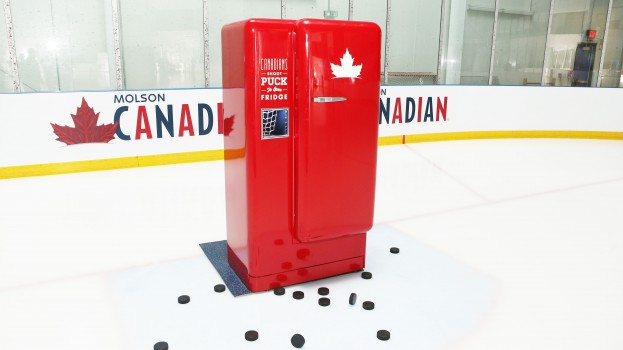COUNTRY OF ORIGIN: USA
BREWERY: The Boston Beer Company
STYLE: Bock
ABV: 5.6%
PURCHASE: Draught (60-oz. pitcher), $10.00
SERVING: Said pitcher, poured into chilled pint glass. Just a standard pour produced an initial head that took up almost half the glass; a slower pour didn't get much less. Good head retention.
APPEARANCE: Very dark amber color, bordering upon auburn. Great fluffy tan-beige head. Decent lacing.
BOUQUET: Roasty aroma full of toasted malt barley. Rounded out by a fair proportion of hops, orange zest, and hints of various spices; namely allspice, cloves, pepper, and a touch of cinnamon. On the whole, a somewhat piney aroma, but in a highly inviting way.
PALATE: Medium to slightly heavy body with carbonation that remains subdued unless you foolishly allow it to fester. Smooth overall mouthfeel that gets better as it warms a bit. Lightly hoppy, but the main attraction here--at least early on--is the roasty malt that sets in immediately and never relinquishes. Finish sees a bit of yeast, but more an onset of orange zest and spice notes. At least two of the following seem to be present in the aftertaste: Pepper, clove, allspice, cinnamon, maybe even coriander.
MUSINGS AND METAPHORS: I may be in the minority here, but this is the best of the Sam Seasonals, easily besting the just-okay Summer Ale and the good-but-not-great Octoberfest and Cold Snap. Although it doesn't quite match the flagship Boston Lager.
Fits the season very well, with its slightly piney aroma.
GRADE: B+
BREWERY: The Boston Beer Company
STYLE: Bock
ABV: 5.6%
PURCHASE: Draught (60-oz. pitcher), $10.00
SERVING: Said pitcher, poured into chilled pint glass. Just a standard pour produced an initial head that took up almost half the glass; a slower pour didn't get much less. Good head retention.
APPEARANCE: Very dark amber color, bordering upon auburn. Great fluffy tan-beige head. Decent lacing.
BOUQUET: Roasty aroma full of toasted malt barley. Rounded out by a fair proportion of hops, orange zest, and hints of various spices; namely allspice, cloves, pepper, and a touch of cinnamon. On the whole, a somewhat piney aroma, but in a highly inviting way.
PALATE: Medium to slightly heavy body with carbonation that remains subdued unless you foolishly allow it to fester. Smooth overall mouthfeel that gets better as it warms a bit. Lightly hoppy, but the main attraction here--at least early on--is the roasty malt that sets in immediately and never relinquishes. Finish sees a bit of yeast, but more an onset of orange zest and spice notes. At least two of the following seem to be present in the aftertaste: Pepper, clove, allspice, cinnamon, maybe even coriander.
MUSINGS AND METAPHORS: I may be in the minority here, but this is the best of the Sam Seasonals, easily besting the just-okay Summer Ale and the good-but-not-great Octoberfest and Cold Snap. Although it doesn't quite match the flagship Boston Lager.
Fits the season very well, with its slightly piney aroma.
GRADE: B+
















































